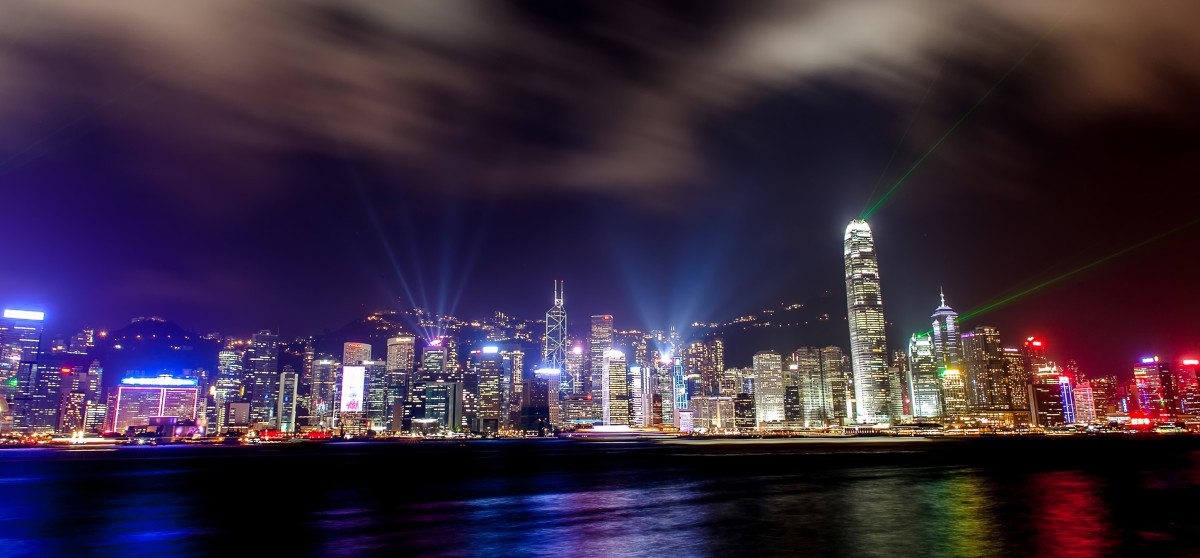As the downtown areas of major metropolitans reclaim popularity and no small element of retail cool amongst the citerati, more and more globally scaled brands are scaling up their physical presence with impressive and expensive flagship stores that literally showcase who they are and what they have to offer.
It’s tempting to see these stores as shops. Yes, they often provide a shopping function (which in itself differentiates them from pure-play concept stores) but the best flagships add a new dimension of physicality to a brand. They define in materials, aesthetics and by location how a brand wants to be seen in the world. At some level they complement the expansive digital presences of today’s global brands. They can also be an effective countering strategy in sectors where there is an increasing trend towards direct and/or online channels. They provide a new reason to shop live.
A powerful brand statement
Done well, a flagship store expands on a brand’s experience with an uber-cool environment that is inspiring and relaxing, and that offers distinctive ways to interact that add to the consumer’s visceral understanding. The Starbucks store in Amsterdam for example functions as a “coffee lab”: a place for the brand to introduce and trial new brewing methods and new blends, try out new layouts and host events/launches. The research value of such a venue is obvious. But just as importantly, the store is a statement of Starbucks commitment to coffee – to its customers, to the wider world and of course to its competitors.
Flagship stores are the new High Street gathering points
As brands increasingly frame themselves as ways of life, flagship stores are the new High Street gathering points; bold environments in high footfall areas where people with similar aspirations and viewpoints can congregate or pass through. In effect, they are a tangible meeting point for a brand’s population to see the brand and see each other. (The social reinforcement of such gathering points is easily played down but it’s important to remember that venues have a powerful effect in defining people’s view of ‘who they run with’.)
Flagship stores are an excellent way for a strong brand to take up presence in a new market and to make an immediate statement. Their very presence – even the announcement of their intended presence – shows confidence, commitment and showmanship. They epitomise Sir Philip Green’s call to “romance your customers”. But the financial implications of establishing such a store are significant and should not be taken lightly. It’s tempting to be swayed by the potential visitation numbers, particularly for a High Street site. But plenty of people who are “just looking” are no different in their bottom-line impact in a flagship environment than any other retail setting. So the flagship needs to work as an efficient and effective retail space alongside its role of being inspirational.
It’s critical that there is clear brand alignment and reinforcement between the flagship store and the other ways that the brand communicates. As I said earlier, a flagship should expand on a brand and provide a new sense of understanding. It must be in keeping with the look and feel of the retail experience and yet elevate that experience to a new level. If the look and feel is not aligned, at least in spirit, it can leave consumers confused or disappointed. Burberry’s Regent Street flagstore isn’t just the largest Burberry store in the world, it’s a place that Burberry itself describes as a meeting of the digital and physical worlds of the brand. The effect is Burberry 360.
Finally, the sheer volume of visitors and the expectations of consumers today for things new and exciting mean these stores require more frequent refreshing to remain interesting and redefining in term of the experiences they deliver. If you are looking at a flagship store, expect to refresh. Soon.
5 things to consider (in deciding whether to proceed with a flagship store)
- How important is a flagship to your consumer strategy? What does it add to the understanding of your brand that it doesn’t display already?
- How will you use the flagship store? Is the purpose to celebrate what you have to offer, to offer new interactions or to counter the strategies (or presence) of others?
- Who will you be targeting? What will they find there? How will that experience work for them?
- How does the flagship store fit with/reconcile with your physical and online presences? And where and why is it different?
- What will carry over from your flagship store to your other stores? How will that occur?

